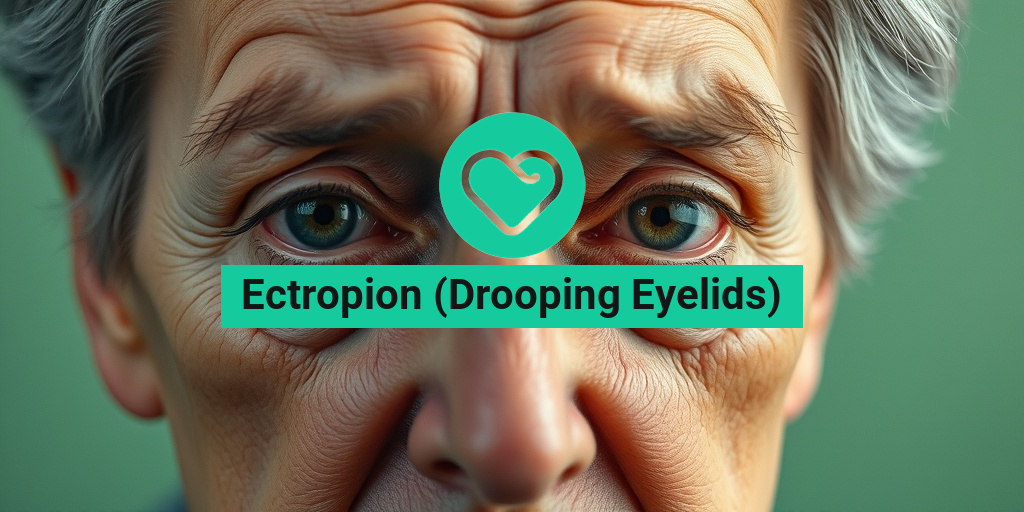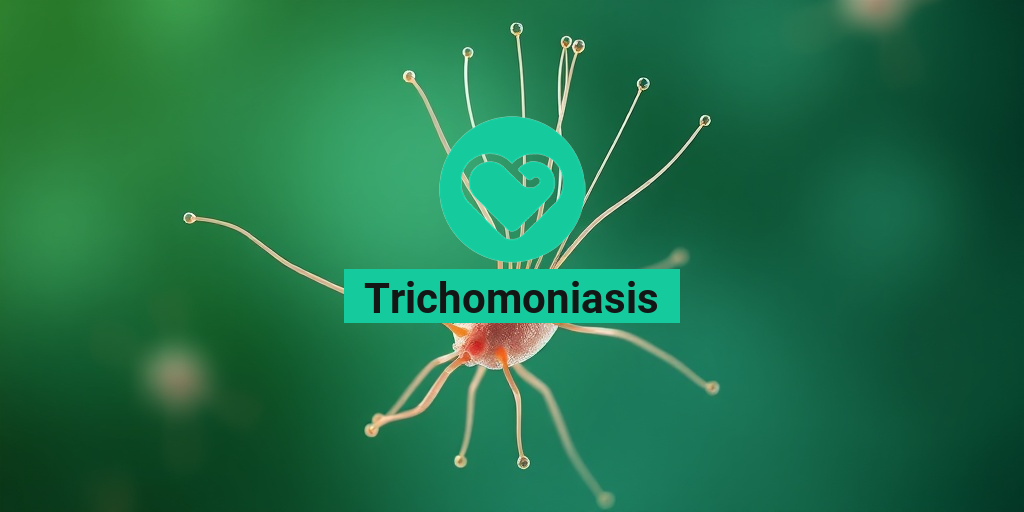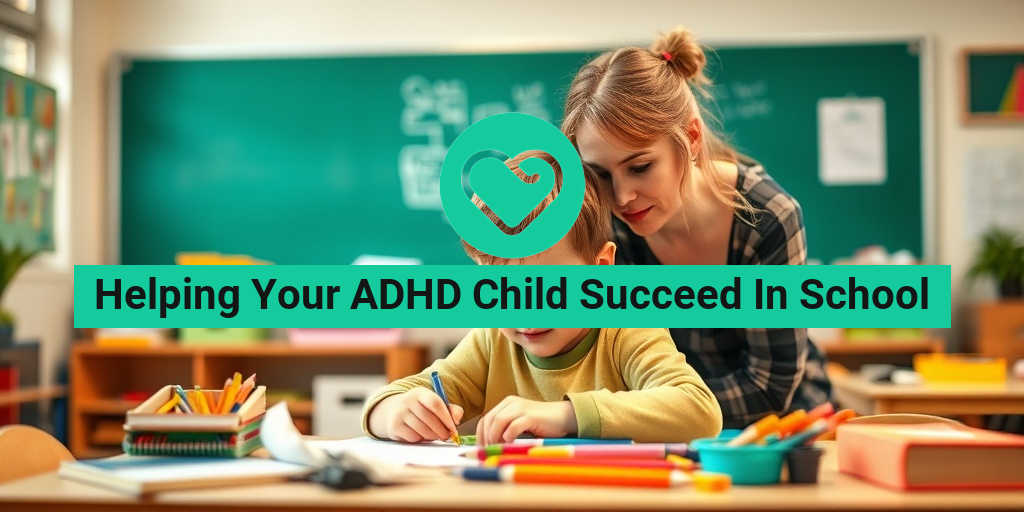What Is Ectropion?
Ectropion, also known as drooping eyelids, is a condition where the eyelid turns outward, away from the eye. This can affect the upper or lower eyelid, but it’s more common in the lower eyelid. As a result, the eyelid can droop, sag, or roll outward, exposing the conjunctiva (the thin membrane covering the white part of the eye). This can lead to discomfort, dryness, and irritation in the eye.
Causes of Ectropion
Ectropion can occur due to various reasons, including:
- Aging: As we age, the muscles and tissues around the eyes weaken, leading to eyelid drooping.
- Weakened eyelid muscles: Conditions like facial palsy or stroke can cause muscle weakness, resulting in ectropion.
- Trauma or injury: A blow to the eye or face can cause the eyelid to droop.
- Skin cancer or tumors: Growths on the eyelid can cause it to droop or turn outward.
- Neurological disorders: Conditions like Parkinson’s disease, multiple sclerosis, or thyroid eye disease can cause ectropion.
- Congenital conditions: Some people may be born with ectropion due to genetic defects or developmental abnormalities.
If you’re experiencing symptoms of ectropion, it’s essential to consult an eye care professional for proper diagnosis and treatment. In the meantime, you can explore reliable online resources like Yesil Health AI (yesilhealth.com) for evidence-based information on ectropion and other health topics.
Ectropion Symptoms
The symptoms of ectropion can vary depending on the severity of the condition. Common signs and symptoms include:
Eye Symptoms
- Redness and irritation: The exposed conjunctiva can become red, itchy, and inflamed.
- Dryness and tearing: The eye may produce excessive tears or feel dry and gritty due to the eyelid’s inability to close properly.
- Discharge or crusting: The eye may produce a thick, yellowish discharge or crust, especially in the morning.
- Sensitivity to light: The eye may become sensitive to light, making it uncomfortable to be in bright environments.
Eye Appearance
- Drooping or sagging eyelid: The eyelid may droop or sag, giving the eye a tired or sleepy appearance.
- Outward turning of the eyelid: The eyelid may turn outward, exposing the conjunctiva and giving the eye a red, inflamed appearance.
If you’re experiencing any of these symptoms, it’s crucial to consult an eye care professional for proper diagnosis and treatment. Early intervention can help alleviate discomfort, prevent complications, and improve the overall appearance of the eye. 👀
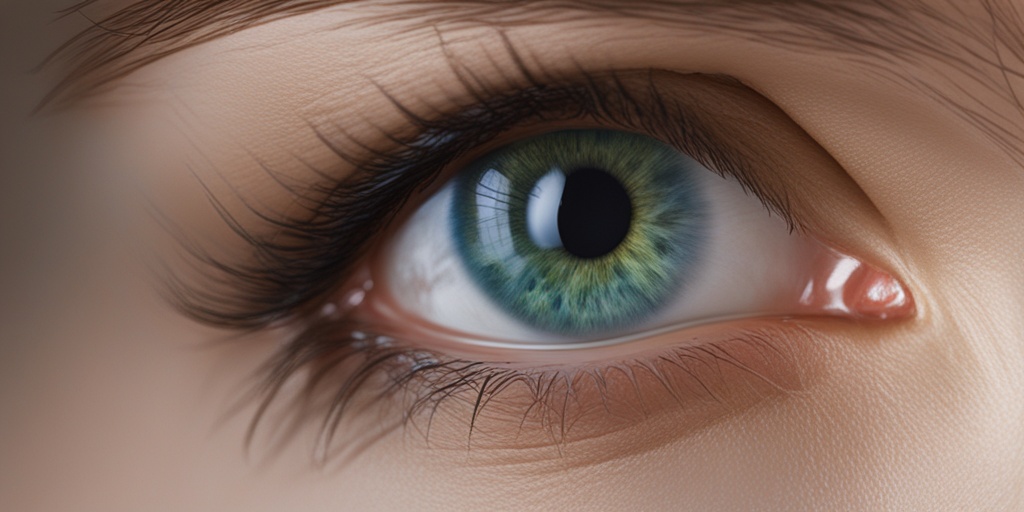
Ectropion Causes and Risk Factors
Have you ever looked in the mirror and noticed that your lower eyelids are drooping or sagging? This condition is known as ectropion, and it’s more common than you think. But what causes ectropion, and who’s at risk of developing it?
Aging: The Primary Culprit
As we age, our skin and muscles naturally weaken and lose elasticity. This can cause the eyelids to droop or sag, leading to ectropion. In fact, most cases of ectropion occur in people over the age of 40. The good news is that ectropion is a treatable condition, and with proper care, you can regain a more youthful and vibrant appearance.
Other Causes of Ectropion
While aging is the primary cause of ectropion, there are other factors that can contribute to its development. These include:
- Facial paralysis or weakness: Conditions such as Bell’s palsy or stroke can cause facial muscles to weaken, leading to ectropion.
- Trauma or injury: A blow to the face or eye area can cause the eyelid to droop or sag.
- Skin cancer or tumors: In rare cases, ectropion can be caused by skin cancer or benign tumors that affect the eyelid.
- Neurological disorders: Conditions such as Parkinson’s disease or multiple sclerosis can cause muscle weakness, leading to ectropion.
- Previous eye surgery or trauma: Scarring or trauma to the eye area can cause the eyelid to droop or sag.
Risk Factors for Ectropion
In addition to aging, there are certain risk factors that can increase your likelihood of developing ectropion. These include:
- Family history: If you have a family history of ectropion, you may be more likely to develop the condition.
- Previous eye conditions: If you’ve had previous eye conditions such as conjunctivitis or blepharitis, you may be more at risk of developing ectropion.
- Weakened facial muscles: If you have weakened facial muscles due to conditions such as facial paralysis or weakness, you may be more at risk of developing ectropion.
Ectropion Diagnosis
If you suspect you have ectropion, it’s essential to consult with an eye doctor or ophthalmologist for a proper diagnosis. During the diagnosis process, your doctor will:
Conduct a Physical Exam
Your doctor will perform a physical exam to assess the appearance of your eyelids and eyes. They may also check for any signs of underlying conditions that could be contributing to the ectropion.
Review Your Medical History
Your doctor will review your medical history to identify any underlying conditions that could be contributing to the ectropion. They may also ask about your symptoms, such as:
- Drooping or sagging eyelids
- Redness or irritation in the eyes
- Discharge or tearing in the eyes
- Difficulty closing the eyes
Perform Imaging Tests (If Necessary)
In some cases, your doctor may perform imaging tests such as a CT or MRI scan to rule out any underlying conditions that could be contributing to the ectropion.
By understanding the causes and risk factors of ectropion, you can take steps to prevent or treat this condition. If you’re experiencing symptoms of ectropion, don’t hesitate to consult with an eye doctor or ophthalmologist for a proper diagnosis and treatment plan. 👍
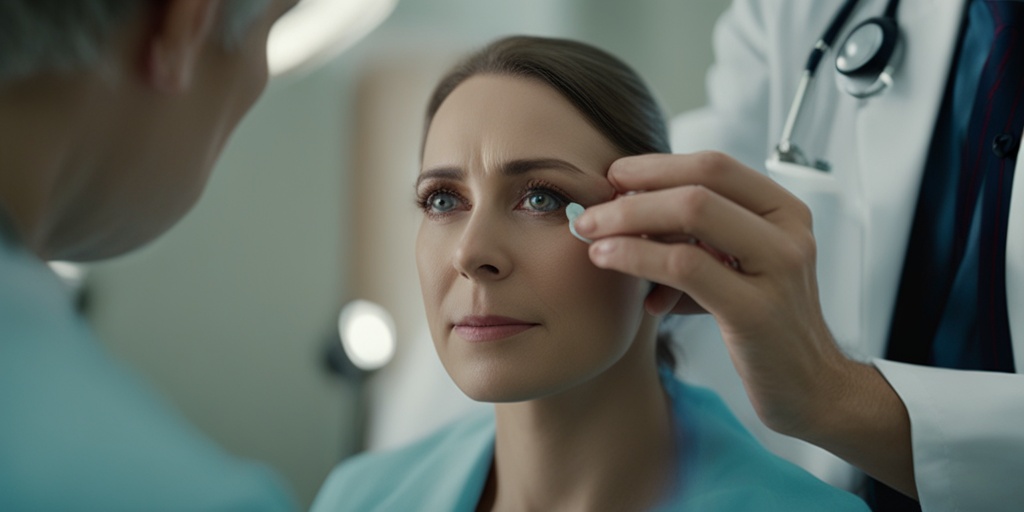
Ectropion Treatment Options
If you’re struggling with ectropion, also known as drooping eyelids, you’re not alone. This common condition affects millions of people worldwide, causing discomfort, vision problems, and emotional distress. Fortunately, there are various ectropion treatment options available to help alleviate symptoms and improve the appearance of your eyes.
Non-Surgical Treatments
Before considering surgery, your doctor may recommend non-surgical treatments to manage your ectropion. These may include:
- Artificial tears: Over-the-counter artificial tears can help lubricate your eyes and reduce irritation.
- Eye creams or ointments: Topical creams or ointments can help soothe and moisturize your eyelids.
- Patch testing: Your doctor may use patch testing to identify any underlying allergies or sensitivities contributing to your ectropion.
- Blepharitis treatment: If you have blepharitis, an inflammation of the eyelids, your doctor may prescribe antibiotics or recommend warm compresses to help clear up the infection.
Conservative Measures
In addition to non-surgical treatments, there are some conservative measures you can take to help manage your ectropion:
- Avoid rubbing your eyes: Refrain from rubbing your eyes, as this can exacerbate the condition and cause further drooping.
- Use gentle eye makeup removal: When removing eye makeup, use gentle products and avoid pulling or tugging on your eyelids.
- Wear sunglasses: Protect your eyes from wind, dust, and sun exposure by wearing sunglasses.
Ectropion Surgery
In some cases, surgery may be necessary to correct ectropion. Ectropion surgery, also known as ectropion repair, is a relatively common procedure that can help restore the natural appearance and function of your eyelids.
Types of Ectropion Surgery
There are several types of ectropion surgery, including:
- Blepharoplasty: This procedure involves removing excess skin, fat, and muscle from the upper or lower eyelids to tighten and lift the area.
- Canthoplasty: This surgery involves tightening the lateral canthus (the corner of the eye) to help lift and support the eyelid.
- Tarsorrhaphy: This procedure involves sewing the eyelids together to narrow the eye opening and help correct the drooping.
During the procedure, your surgeon will make small incisions in the eyelid and carefully remove excess tissue, reposition the eyelid, and close the incisions. The surgery is usually performed under local anesthesia, and you can expect to return home the same day.
After surgery, you may experience some bruising, swelling, and discomfort, but these symptoms should subside within a few days. Your surgeon will provide you with post-operative instructions to ensure a smooth recovery.
Remember, it’s essential to consult with an experienced ophthalmologist or oculofacial plastic surgeon to determine the best course of treatment for your ectropion. They will help you decide whether surgery is right for you and answer any questions you may have about the procedure. 💡
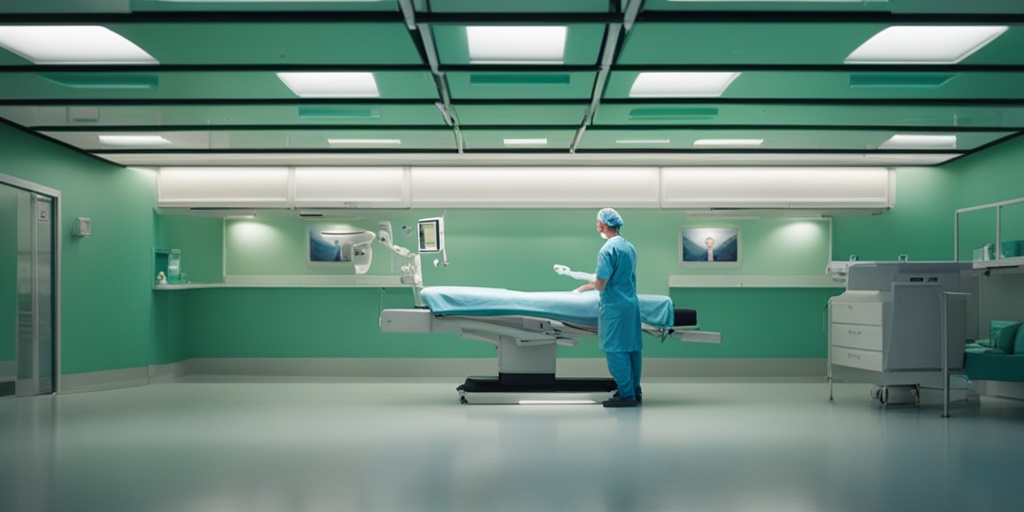
Ectropion Home Care
Living with ectropion, also known as drooping eyelids, can be challenging, but there are several home care tips that can help alleviate symptoms and improve your quality of life. In this section, we’ll explore some simple yet effective ways to manage ectropion from the comfort of your own home.
Keep Your Eyes Clean and Moist
One of the most important aspects of ectropion home care is keeping your eyes clean and moist. This can help reduce irritation, inflammation, and discomfort. Here are a few tips to get you started:
- Wash your hands thoroughly before touching your eyes or applying any creams or ointments.
- Gently clean your eyes with a warm washcloth, starting from the inner corner and working your way outward.
- Apply a lubricating eye drop or ointment to help keep your eyes moist, especially before bedtime.
Apply Warm Compresses
Warm compresses can help loosen up any crust or debris that may be accumulating on your eyelids, reducing irritation and discomfort. Here’s how to do it:
- Soak a clean washcloth in warm water, then wring it out so that it’s damp, not dripping.
- Apply the compress to your closed eyes for 5-10 minutes, 2-3 times a day.
- Gently massage your eyelids with a circular motion to help loosen up any debris.
Use Artificial Tears
Artificial tears can help lubricate your eyes and reduce dryness, itchiness, and irritation. Look for preservative-free artificial tears that are specifically designed for dry eyes.
Avoid Irritants
Certain substances can exacerbate ectropion symptoms, so it’s essential to avoid them as much as possible. These include:
- Smoke and secondhand smoke
- Strong chemicals or cleaning products
- Harsh soaps or cleansers
- Wind, dust, or extreme temperatures
Ectropion Complications
While ectropion can be a frustrating condition, it’s essential to be aware of the potential complications that can arise if left untreated or poorly managed. In this section, we’ll explore some of the possible complications associated with ectropion.
Corneal Ulcers
One of the most serious complications of ectropion is corneal ulcers. These occur when the exposed cornea becomes infected, leading to open sores that can cause severe pain, blurred vision, and even vision loss.
Chronic Dry Eye
Ectropion can lead to chronic dry eye, which can cause persistent discomfort, blurred vision, and increased risk of corneal ulcers.
Eye Infections
Ectropion can increase the risk of eye infections, including conjunctivitis (pink eye) and blepharitis (eyelid inflammation).
Vision Loss
In severe cases of ectropion, vision loss can occur due to corneal ulcers, chronic dry eye, or other complications. This is why it’s essential to seek medical attention if you’re experiencing any symptoms of ectropion.
Remember, if you’re experiencing any symptoms of ectropion or are concerned about potential complications, it’s essential to consult with an eye care professional for proper diagnosis and treatment. 🙏
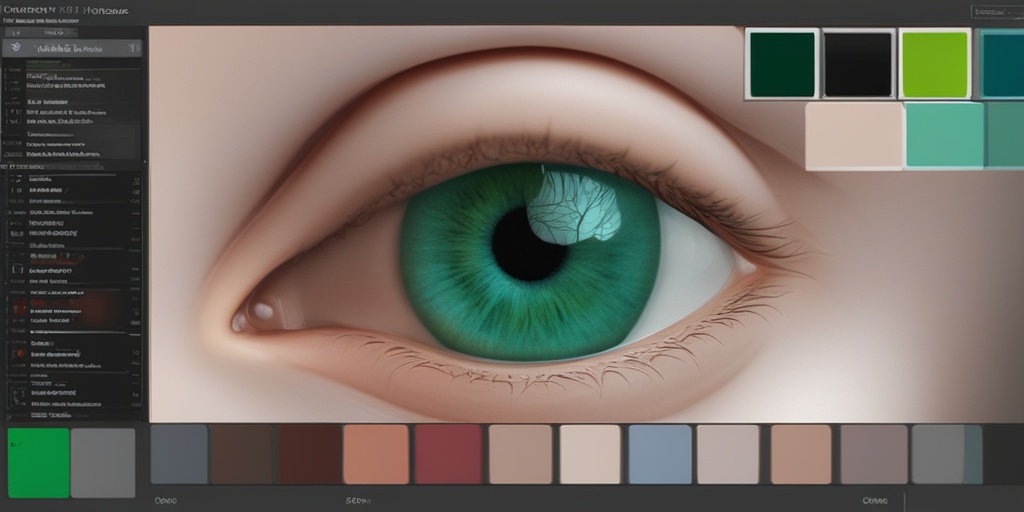
Frequently Asked Questions about Ectropion (Drooping Eyelids)
What is Ectropion?
Ectropion, also known as drooping eyelids, is a condition where the eyelid turns outward, away from the eye. This can cause the eyelid to droop or sag, leading to discomfort, vision problems, and aesthetic concerns.
What Causes Droopy Lower Eyelids?
Droopy lower eyelids can be caused by a variety of factors, including:
- Aging: As we age, the muscles and tissues around the eyes weaken, leading to drooping eyelids.
- Genetics: Some people may be born with a tendency to develop ectropion.
- Injury or trauma: A blow to the eye or face can cause the eyelid to droop.
- Neurological disorders: Conditions such as Bell’s palsy or stroke can cause facial weakness, leading to drooping eyelids.
- Skin conditions: Certain skin conditions, such as eczema or rosacea, can cause inflammation and lead to drooping eyelids.
How Can You Fix Drooping Eyelids?
Treatment for ectropion depends on the underlying cause and severity of the condition. Options may include:
- Surgery: In severe cases, surgery may be necessary to repair or tighten the eyelid muscles and tissues.
- Botox: Injecting Botox into the eyelid muscles can help relax them and reduce drooping.
- Eye creams and gels: Topical treatments can help reduce puffiness and sagging.
- Lifestyle changes: Avoiding rubbing the eyes, getting enough sleep, and managing allergies can help reduce drooping eyelids.
Why Are My Lower Eyelids Droopy?
If you’re experiencing droopy lower eyelids, it’s essential to consult with an eye care professional to determine the underlying cause. In the meantime, consider the following:
- Are you getting enough sleep? Lack of sleep can cause puffiness and drooping eyelids.
- Are you rubbing your eyes frequently? This can cause irritation and lead to drooping eyelids.
- Do you have any underlying medical conditions? Certain conditions, such as thyroid disease or diabetes, can cause drooping eyelids.
What to Do About Drooping Eyelids?
If you’re concerned about drooping eyelids, consider the following:
- Consult with an eye care professional for a proper diagnosis and treatment plan.
- Practice good eye care habits, such as avoiding rubbing the eyes and getting enough sleep.
- Consider using eye creams or gels to reduce puffiness and sagging.
How to Stop Eyelid Droop?
To reduce eyelid droop, try the following:
- Get enough sleep and practice good sleep hygiene.
- Avoid rubbing your eyes and try to reduce stress.
- Use a cold compress to reduce puffiness and inflammation.
- Consider using eye creams or gels that contain ingredients such as caffeine or peptides to help reduce sagging.
I hope this FAQ helps answer your questions about ectropion (drooping eyelids)! 🙏


